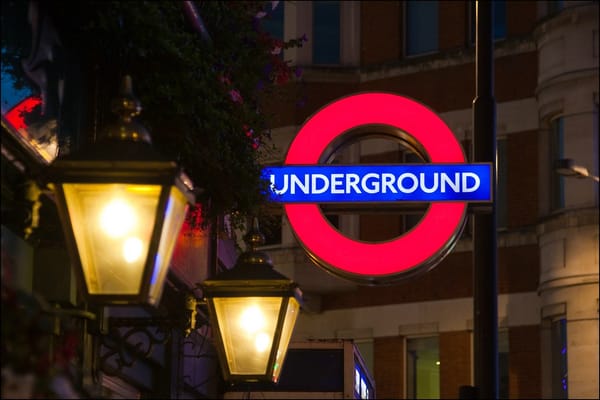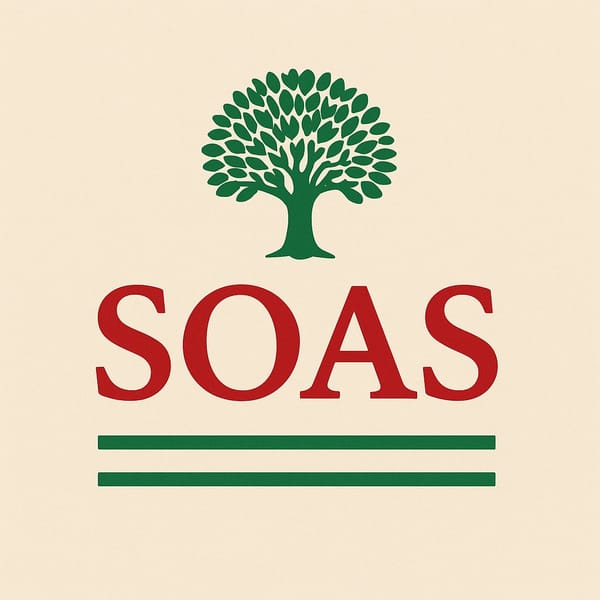Water, the desert and dessert
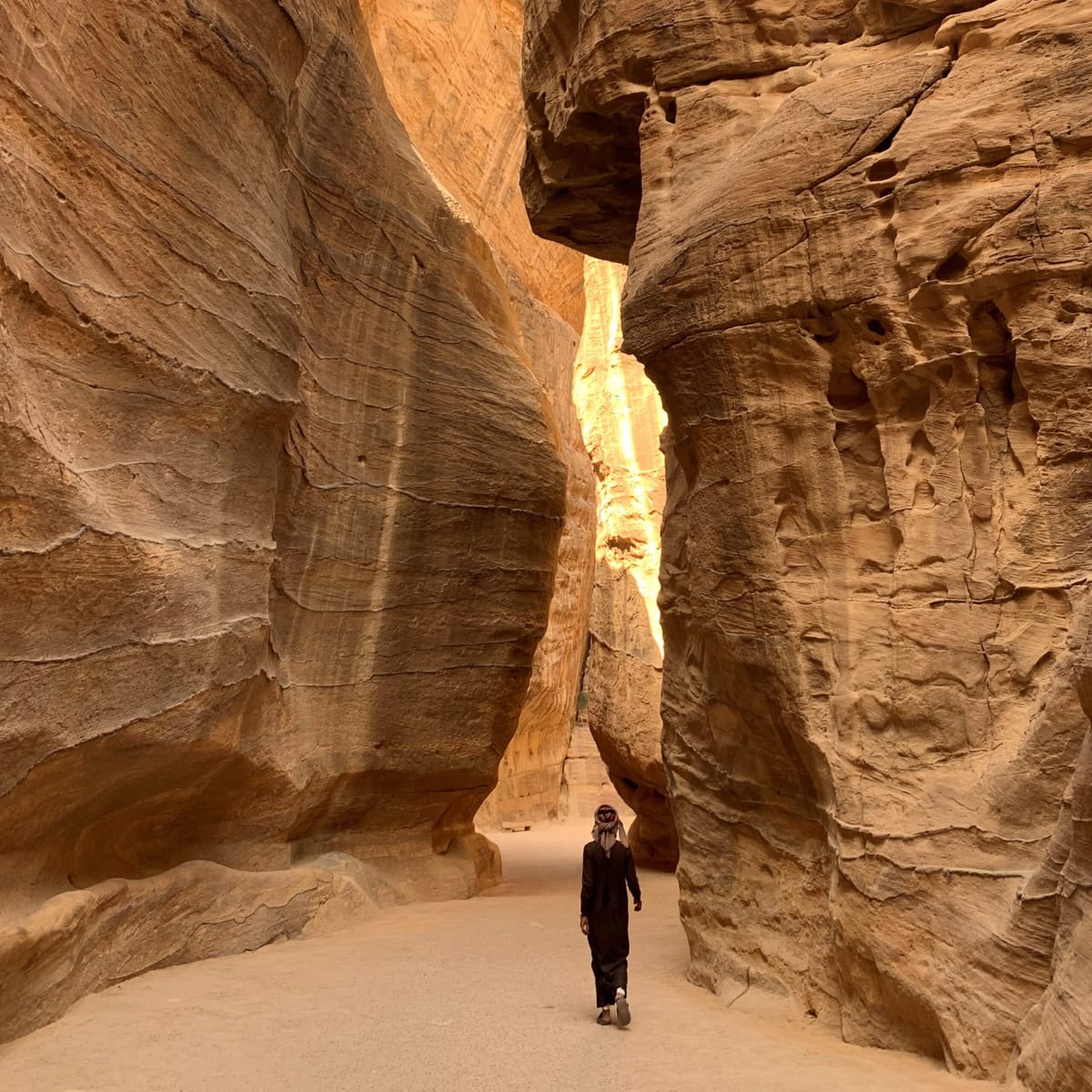
Artemis Sianni-Wedderburn
Marhaba and welcome to Artemis’ Amman. In this column, I aim to bring to light questions relating to heritage, legacy and history. Over this year, we will look at how they interconnect in Amman, Jordan where I am doing my Arabic year abroad. I hope to use the medium of storytelling to look at political and social issues through a personal and therefore focused lens.
Ahlan wa Sahlan – over the past few months, we have shared music, cinema, and art together in Jordan. In this instalment of the column, I hope to explore the effect that Jordan’s rich heritage continues to have on its present and future, as striking historical sites simultaneously awe and provoke questions related to identity.
Jordan finds a way to stay true to self whilst keeping up with the rest of the world, seen through Amman’s water collection system and the country’s favourite dessert. An addictive fusion of cheese and pistachio nuts, ‘knafeh’ – like Jordan – fills the heart first then the stomach.
Petra:
Petra is a UNESCO World Heritage site, frequently described as the ‘red-rose city.’ It was originally built by the Nabateans around the third century and later abandoned in the eighth century. Now in 2022, the ancient city is a centre of mass-tourism.
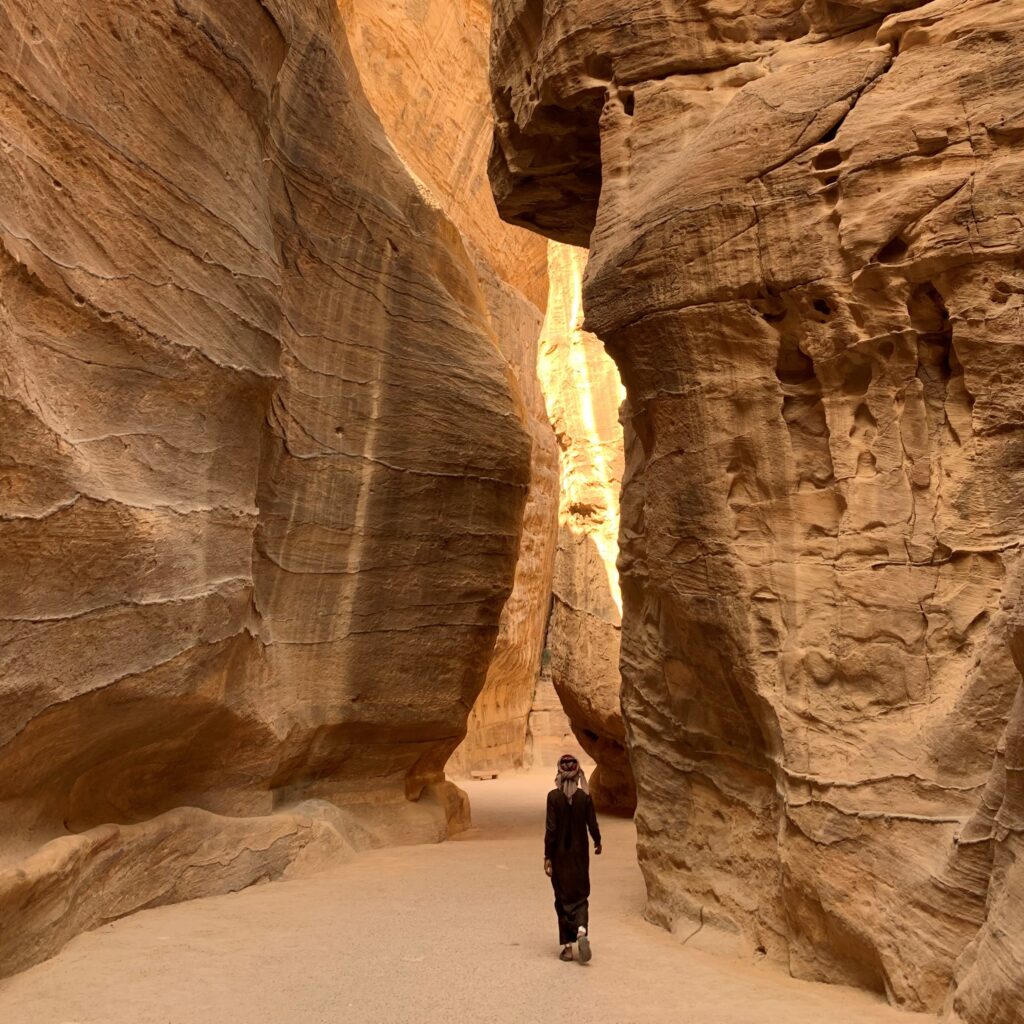
In 2021, Petra experienced a 118 per cent increase in tourism with the number of hotel rooms set to almost double by the end of 2022. The pandemic however devastated many who depend on tourism for work, meaning the next tourist seasons have to make up for losses.
At the site, visitors are warned against going to the top of the treasury; it is illegal for structural integrity reasons. High levels of footfall would result in the collapse of a monument around 2000 years old.
Whilst visiting Petra earlier last year, I was offered by three different guides to make the trip to the top for roughly £40 – the price of heritage does not compare with that of survival. The downside of an economy that depends on tourism is that when it stops, so do the livelihoods of its dependents.
Water:
The walls in Petra demonstrate unique mineral deposits, showcasing the natural flow of water throughout the ancient city. The Nabateans who built Petra were exceptionally clever in designing water collection systems and waterways, harnessing often violent storms that plagued the region to collect the water. This past week, Amman has been bitterly cold – so cold that classes were moved online and grocery stores closed.
As the snow melted, the water flowed downwards through the city to water cisterns, filling the dams to 26.77 per cent capacity. Amman’s governorate even issued a mandate urging people not to litter so that the water could flow unobstructed. Making use of geography to survive in an arid land is a practice that began with the Nabateans – and continues in modern day Amman.
“TikTok has reached the Jordanian desert”
Wadi Rum:
My mum sits at the top of the rugged terrain in the Wadi Rum desert – pensive. Her position mimics that of the Bedouins that we had coffee with later that afternoon – legs crossed and heart hospitable. Over a cup of cardamom-infused coffee, our bedouin guide showed me his TikTok account – TikTok has reached the Jordanian desert. It primarily involved him drinking coffee in various desert locations.
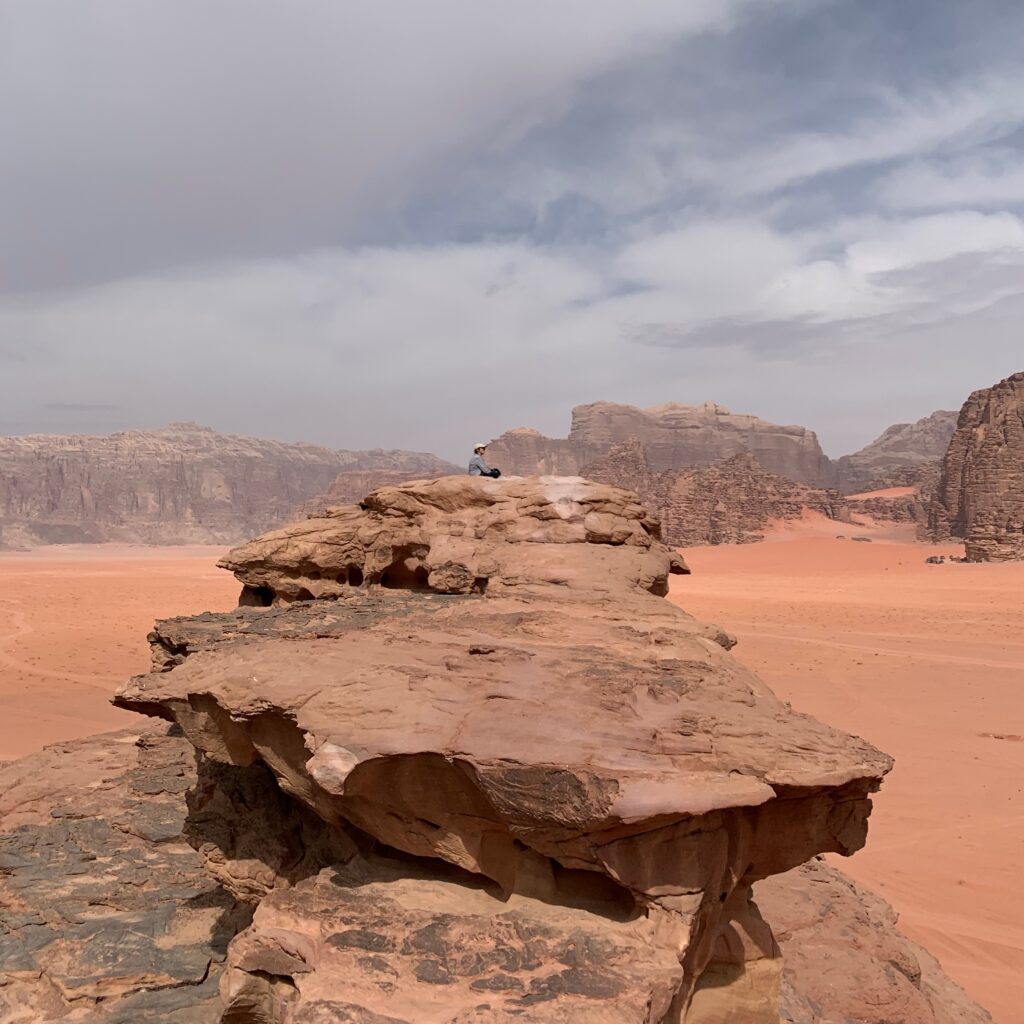
The bedouin are a historically nomadic people, living in tents. That being said, TikTok requires a charged phone and traditional bedouin tents do not have power sockets. A shift has occurred and when it comes to the preservation of culture, TikTok is as good a medium as any.
Souk Al Jumaa:
Weekends in Jordan start with the phrase ‘Hala bil Khamis,’ translating to ‘Welcome Thursday’ – the Middle East’s response to ‘TGIF.’ Alongside Thursday, Amman residents welcome the opening of the ‘Souk Al-Jumaa’ (Friday market). Jordanian and non-Jordanian alike flock to this haven of ‘Cailv Kailun’, with young people at the forefront in what a souk merchant described as a “novelty” after the pandemic.
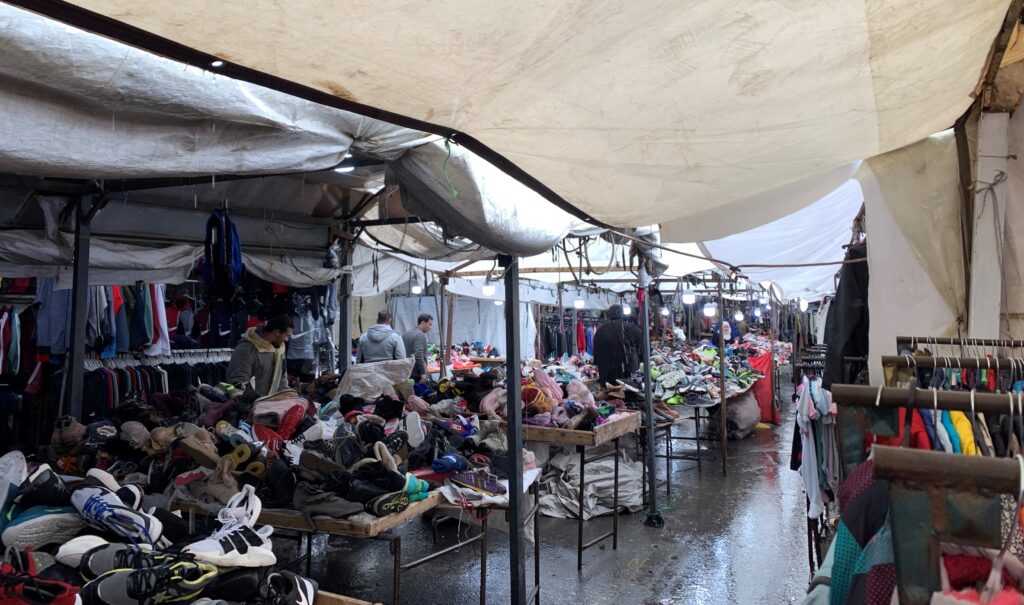
While hoarding toilet paper is now a thing of the past, the newfound environmental consciousness – particularly amongst young people – is not. Secondhand clothing and responsible sourcing of fashion is a step in the right direction, even if it’s shopping for Christmas in Dubai.
Knafeh:
Knafeh is a traditional desert in the Middle East and the countries surrounding the Mediterranean ocean, delectably blending cheese and pistachio with history. The pastry can be customised in a variety of ways, most famously (and deliciously) in ‘Knafeh Nabulsiyeh’, originating from Nablus in Palestine.

The popularity of this version of knafeh in Amman is reflective of the fact that more than half of Jordan’s 6.3 million population is of Palestinian origin. There is always room for dessert.
Photo Credits: Artemis Sianni-Wedderburn


